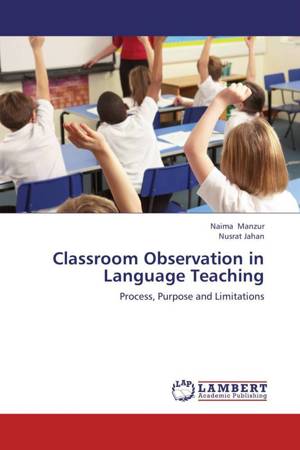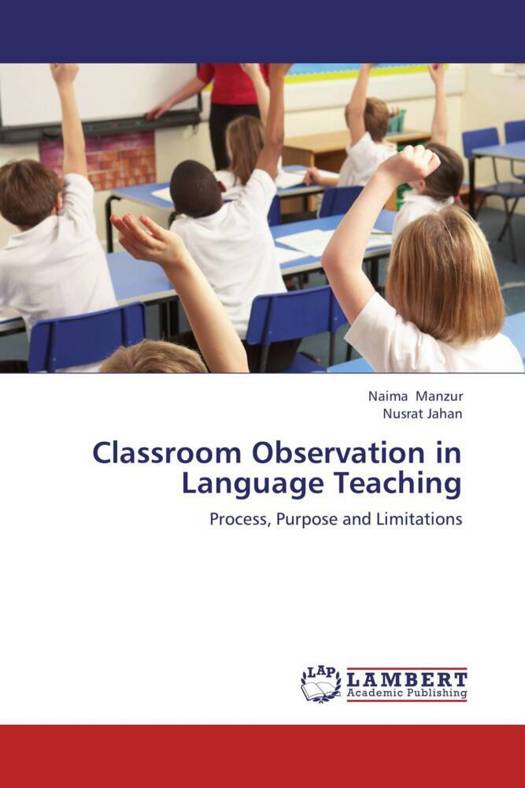
- Afhalen na 1 uur in een winkel met voorraad
- Gratis thuislevering in België vanaf € 30
- Ruim aanbod met 7 miljoen producten
- Afhalen na 1 uur in een winkel met voorraad
- Gratis thuislevering in België vanaf € 30
- Ruim aanbod met 7 miljoen producten
Zoeken
Classroom Observation in Language Teaching
Process, Purpose and Limitations
Naima Manzur, Nusrat Jahan
Paperback | Engels
€ 63,45
+ 126 punten
Omschrijving
During the time of teaching, classroom observation is an important process that allows the teacher to receive effective feedback about the class. Specially the language teachers can be highly benefited as it helps them to understand their progress in teaching language. Through classroom observation, it is also ensured that the class activities promote better learning opportunities for students. Moreover, classroom observation assists the teachers to know whether students are comfortable with their lessons or lessons should be revised according to students' level. Before classroom observation, observers or peers need to know the several stages through which the process should be accomplished. It is also important to know the purposes of the observation i.e. what aspects will be observed in classroom. Although, classroom observation process is one of the most reliable tasks till now in teaching, it has some limitations. Here we take an initiative to explore the process, purpose and limitations of classroom observation.
Specificaties
Betrokkenen
- Auteur(s):
- Uitgeverij:
Inhoud
- Aantal bladzijden:
- 68
- Taal:
- Engels
Eigenschappen
- Productcode (EAN):
- 9783659140471
- Verschijningsdatum:
- 24/06/2012
- Uitvoering:
- Paperback
- Afmetingen:
- 150 mm x 220 mm
- Gewicht:
- 107 g

Alleen bij Standaard Boekhandel
+ 126 punten op je klantenkaart van Standaard Boekhandel
Beoordelingen
We publiceren alleen reviews die voldoen aan de voorwaarden voor reviews. Bekijk onze voorwaarden voor reviews.








